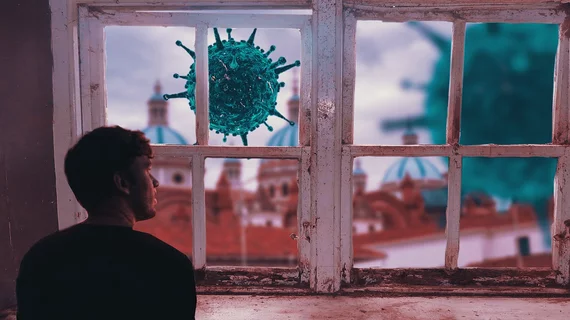More than 50% of radiologists suffering emotional stress, including feelings of ‘living in slow motion’
More than half of radiologists are experiencing emotional stress on the job amid the pandemic, including negative thoughts, sleep deprivation, and feeling as if they’re “living in slow motion.”
That’s according to a new online survey of 2,150 such physicians, published Wednesday in the journal Insights into Imaging. Several studies have documented the COVID crisis’ profound impact on the profession and this new review offers further evidence that intervention is needed to address such burnout, experts noted.
More than 60% of radiologists said they suffered a workload reduction greater than half during the pandemic. Many believe outbreaks could impact management of non-coronavirus patients, anticipating a “work overload” when things finally normalize.
“Our survey has revealed a sensible impact of the COVID-19 outbreak on radiologists’ life, with differences in specific items occurring in hot regions,” Francesca Coppola, MD, with the Department of Radiology at Bologna University Hospital in Italy, and co-authors wrote Feb. 17. “The majority of respondents were afraid of spreading the infection and felt that the crisis had affected their family relationships and will damage their own and their colleagues’ professional activity. Such concerns were independent of the severity of the crisis on a per-region basis, suggesting a generalized discomfort and emotional distress, as also highlighted by answers to the psychological part of the survey.”
Coppola and colleagues administered their 42-question survey to members of the Italian Society of Medical and Interventional Radiology last year via Survey Monkey. Among other findings, they also noted that 40% of radiologists were moderately or severely worried their professional activity could be damaged, with most residents believing their training was affected. More than 30% of respondents felt quite or very often that they were living in slow motion, with female rads in COVID hotspots less susceptible than those from other regions.
To remedy these issues, Coppola et al. recommended investing in professional training and PPE, encouraging the responsible use of imaging, creating separate patient pathways for those with the virus, and increasing the frequency of shift rotations.
Read more of the survey findings in Insights into Imaging here.

